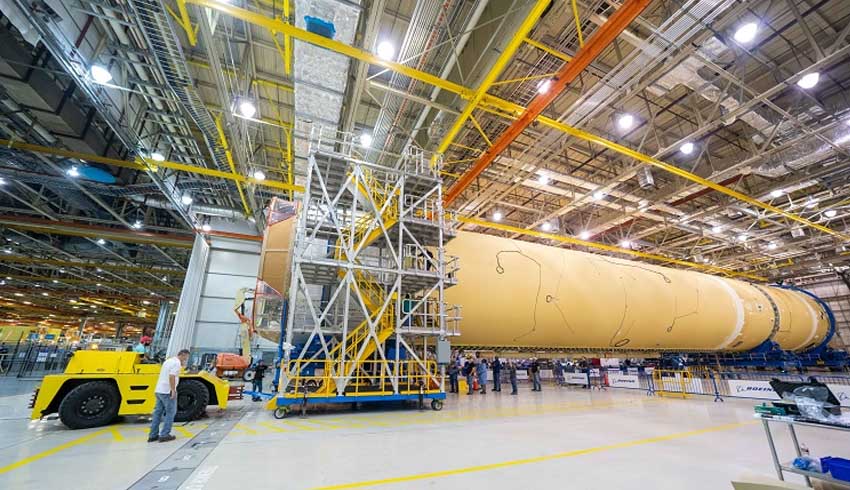Starliner blasted off on 20 December – its launch debut – and touched down on the White Sands Missile Range in New Mexico on Monday morning Australian time. This was an uncrewed orbital flight test (OFT), intended as the forerunner to a crewed mission in the first half of 2020.
However, Starliner never made it to ISS and the problem appears to have been a timing error in the craft’s mission elapsed timer (MET) in the computer system.
Shortly after separation from the Centaur upper stage, Starliner fired its thrusters for attitude control at the wrong time, and that used up a good part of its propellant.
The timing error was apparently easily corrected but just why it went wrong is now the subject of an inquiry.
Steve Stich, deputy manager of the NASA commercial crew program, said the incorrectly timed burn did not leave enough fuel to go to the ISS, even once the timer issue was corrected.
“We didn’t have enough propellant to go up close to station, even to approach.” he said.
Controllers then placed the spacecraft into an orbit of about 250 kilometres to conduct additional tests and prepare for return to Earth.
Jim Chilton, senior vice president for Boeing’s space and launch division, said the MET was initialised by data from the Atlas 5 rocket before lift-off.
“Our spacecraft needs to reach down into the Atlas 5 and figure out what time it is. We reached in and grabbed the wrong coefficient,” he said, according to SpaceNews.
Chilton said this appeared to be an issue with Starliner not the Atlas 5, which didn’t show up in the extensive pre-launch systems tests.
“If I knew, it wouldn’t have happened. We are surprised. A very large body of integrated tests, approved by NASA, didn’t surface this,” he said.
Stich said the real point of the OFT mission was to learn about the spacecraft and its operations to prepare for future crewed flights.
Other than the MET issue, other systems were performing as expected or better than expected.
However, the mission fail is still a bummer for Boeing, which has problems elsewhere with its grounded fleet of Boeing 737 MAX airliners.
Starliner, with a capacity of seven crew, is a design which drew on Boeing’s experience with the Apollo and other systems.
In 2014, NASA awarded Boeing and SpaceX contracts to develop their spacecraft capability to transport astronauts to the ISS, which would save the US having to pay Russia to transport personnel to the ISS.
Both the Boeing and SpaceX programs are running two years late but in March, the SpaceX Dragon 2 successfully docked with ISS. That was an uncrewed mission – the first crewed mission is planned for February.

